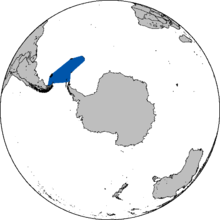
The Scotia Sea is moving, which provides evidence that the South Pole is shifting.
If you ever questioned the “Pole Shift” theory, you won’t after you check this out …
The South Pole is moving, experiencing large earthquakes located at the subduction zone in the Scotia Sea. This is proof that the poles are, indeed, shifting.
Over the past 24 hours, the South Pole has experienced the following earthquakes in the Scotia Sea:
- 6.8
- 4.6
- 4.8
- 5.3
- 5.1
- 5.4
- 5.2
- 4.7
- 5.1
- 4.7
- 4.9
- 7.8
- 4.7
- 5.3
- 4.9
- 4.8
- 5.0
- 5.2
- 4.6
- 5.0
- 4.7
- 5.7
- 5.3
- 4.7
- 5.0
- 4.9
- 5.0
- 4.9
- 5.0
- 4.8
- 4.6
- 4.8
- 4.6
- 4.7
What Does This Mean?
When the South Pole shifts to this level, the North Pole will respond with a proportionate shifting. Then, the Earth’s equator will respond, and, eventually, the weakest parts of the Earth’s crust, globally, will shift.
There are some major earthquakes yet to come within the next 10 days. Be on the look out – keep watch for increased earthquake activity.
